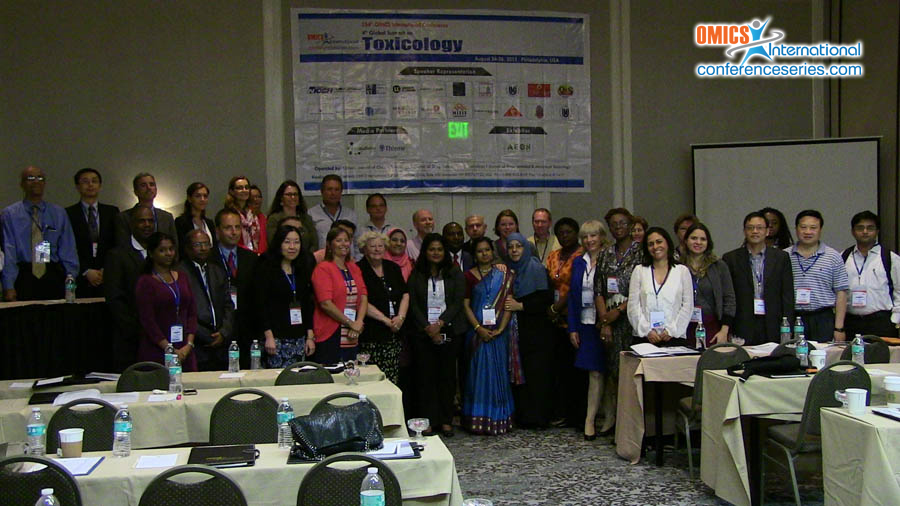
Adamma A. Emejulu
Federal University of Technology, Nigeria
Title: Renal and hepato-protective effect of Irvingia gabonensis juice on sodium fluoride-induced toxicity in wistar rats
Biography
Biography: Adamma A. Emejulu
Abstract
Renal and hepato-protective effect of Irvingia gabonensis juice on sodium fluoride-induced toxicity in wistar rats: Twenty-four male albino rats divided into 4 groups of 6 animals each and all, except normal control(NC), were intoxicated with 20mgKg-1body weight of sodium fluoride(NaF) daily by gavage for 35 days. Sodium fluoride control group(NaFC) received only the toxicant. Test group(IG) received I. gabonensis juice concurrently with the toxicant, while the standard control(Q + Vit. E) received concurrently,15mgK-1 body weight Quercetin + 100 mgK-1 bodyweight α-tocopherol throughout the 35 days. Normal control(NC) received only standard pelletized diet and water. Serum aspartate aminotransferase(AST), alanine aminotransferase(ALT), total protein, albumin, total cholesterol, serum creatinine and electrolyte levels were assayed among test, standard and control animals. Irvingia gabonensis significantly(p < 0.05) reduced AST activity in the IG group (137.68 ± 12.66 U/L) compared to NaFC group (175.12±10.63 U/L). This compares to the reduction in the standard(Q+ Vit. E) group(135.69 ± 10.66 U/L). ALT activity was also reduced in the IG group. Effect of I . gabonensis on albumin and cholesterol levels were similar to that of the standard group. Administration of I.gabonensis also significantly (p<0.002) reduced elevated creatinine and Cl- concentrations, while significantly (p<0.05) elevating serum Ca2+ and Mg2+ ion levels. I.gabonensis fruit juice has some renal and hepato -protective potential which may be due to the presence of secondary plant metabolites like flavonoids, tannins and alkaloids found in the plant. The fruit is also rich in Ca2+ and Mg2+ . Increased domestication is encouraged.
Speaker Presentations
Speaker PPTs Click Here





